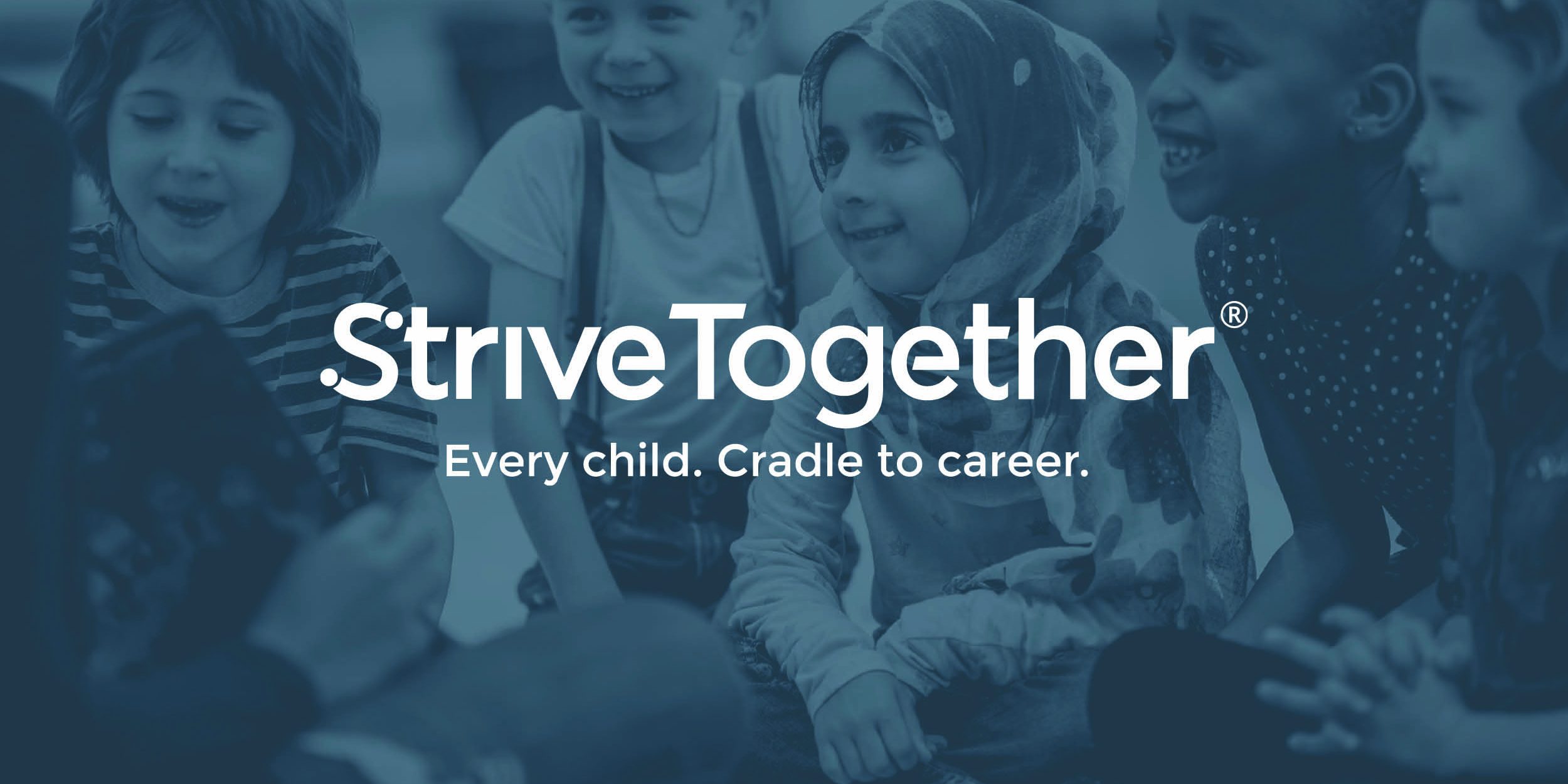Engaging the community is essential to our work at StriveTogether to ensure every child succeeds in school and in life. That’s why community engagement has been a core principle of our approach since the beginning. Cradle to Career Network members have also identified the need to strengthen communication and engagement, which led to this being highlighted as one of our seven capacities in our current strategic plan.
But acknowledging the full value of the community to achieve racial equity continues to be an area where we know we can improve. To close persistent gaps and get better results for children of color, we must solve problems and find opportunities in partnership with youth and families.
Promoting community authority and racial equity were critical topics during a two-day event held by StrivePartnership under Executive Director Byron White’s leadership. The gathering was held in collaboration with the Kettering Foundation at its Kettering, Ohio, headquarters. Four members of the Cradle to Career Network were invited to discuss improving outcomes for urban youth. Here are four key insights that came out of the convening.
Equip families with the right resources. Our network member in Memphis, Tenn., Seeding Success, works with Memphis Lift to help students and families who have been zoned for low-performing schools. Students are in an inequitable education system, with too many young people graduating with a certificate of completion rather than a school diploma. Memphis Lift supports families to advocate for high-quality education for their children. The organization also provides resources so families can make the school placement choices that are right for their children.
Ensure community voice and expertise are heard. In Austin, Texas, 66% of jobs by 2020 will require some postsecondary credential, and young adults without one have only a 12% chance of earning a living wage within six years of high school graduation. With these statistics in mind, network member E3 Alliance hosted Deliberative Dialogues with students, parents and business leaders to explore the challenges they face, consider ideas for action and recognize existing assets in the community. By including the people most impacted in discussions, they heard about issues like college affordability and the perception that workforce certificates and two-year degrees are less valuable. E3 Alliance’s next steps are to convene a regional council to identify action steps to address challenges and maximize assets identified by community members.
Representation at the leadership table matters. In Tacoma, Wash., network member Graduate Tacoma’s goal is to impact more than 28,000 students, in a district that is made up predominantly of students of color and those impacted by poverty. To make true change, the individuals most affected by the challenges in the community must be at the table. This includes developing a diverse staff representative of the community and leveraging community authority to promote change. As an example, Tacoma barber Dominique Ervin has given books to kids who visit his shop and mentored young men of color. He now provides the Urban Barbershop Scholarship of $500 to students that can be used according to the recipients’ needs.
Shift from deficit framing to asset framing. StrivePartnership shared a story from the Roselawn Community Project. Residents in Roselawn surveyed their neighbors about community strengths to offset the deficit mentality prevalent in this work. Survey results identified seven projects to be led by residents, including projects to promote parent involvement and a sense of community. One key learning is that for the community to authentically lead, the work must slow down. We have to examine the composition of our leadership councils and action networks and ensure we have diverse representation at the table.
Throughout the conversation, several challenges emerged:
- Alignment: We must figure out how to promote dialogue between CEO-level leaders in communities to tear down silos and move everyone in the same direction to improve outcomes for children.
- Funding: Funders require grant reporting in a way that creates barriers to engaging with community organizations and highlight deficits instead of strengths. Some also focus on funding programs rather than systems change, which is the instrumental role that our network members play in their communities.
- Roles: Organizations often combine communication and community engagement as one position, but our network members recommend that these roles be separate, given the different natures of each function.
- Asset orientation: The focus on traditional performance outcomes distracts from other measures valued by community. How can leaders and practitioners shift to a more comprehensive assessment of communities without compromising their focus on results?
While challenges will continue to exist, I’m excited to see the progress being made by the Cradle to Career Network in leveraging community authority to advance racial equity. We are also working to bring you communication tools that you can use to better engage stakeholders. The communicators from across the Network are testing these tools so that they can be refined before we share them more broadly. Let us know how you are strengthening communication and engagement in your community by commenting below.






